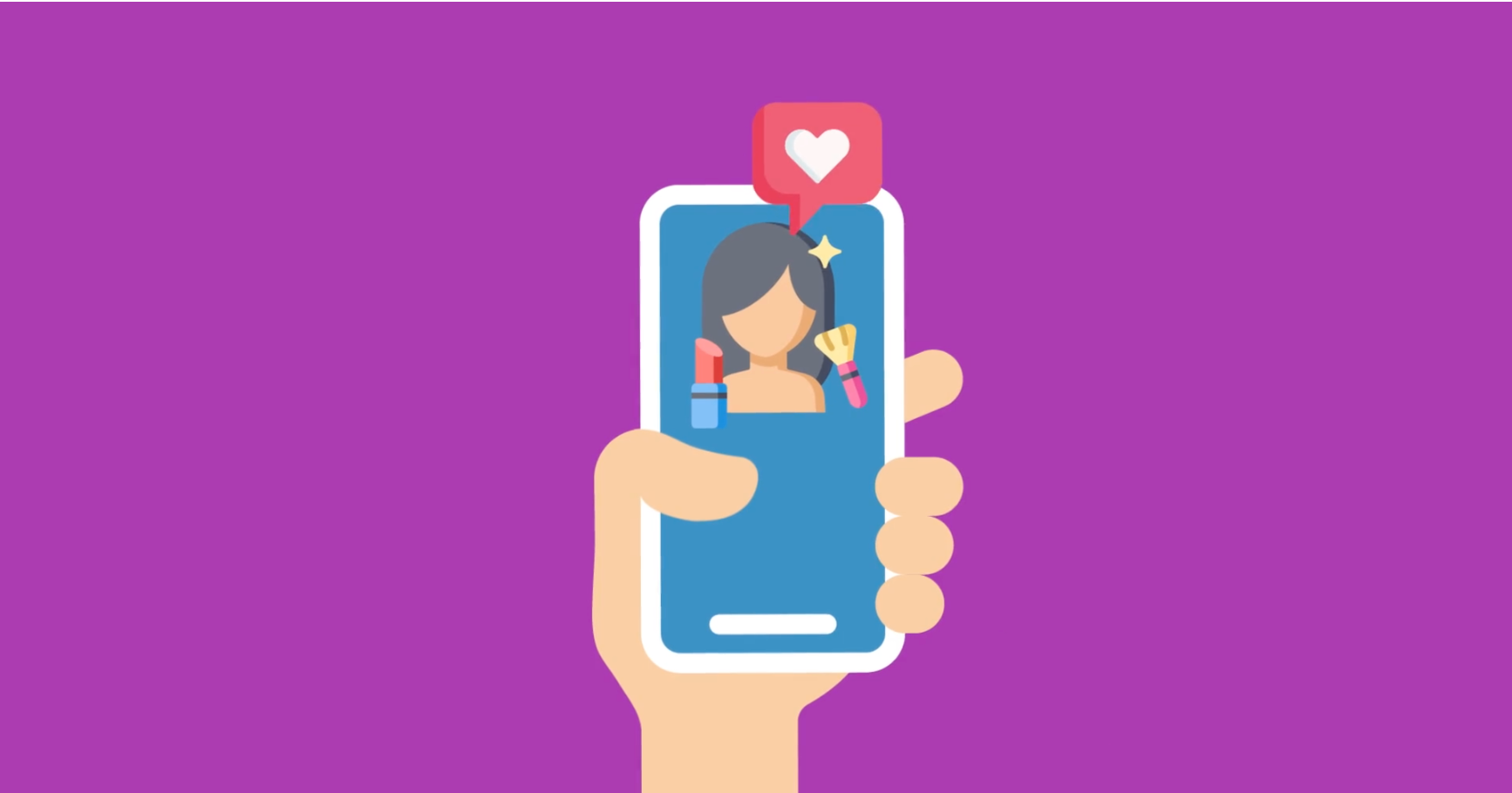Manufacturers and vendors seem to be attaching those little black and white pixilated squares on everything. There was one on a ketchup bottle that sat on the diner table at lunch today. But do real people, consumers, actually using these things? Do QR codes work? And can they work for your brand’s stores?
Those are some big questions and not all of the answers are good ones. But there’s something to be gained from understanding what QR codes are and how they can drive sales for retailers. Used well, they can help turn a shopping trip into a purchase.
Many retailers are uncomfortable with shoppers using their Smartphones in stores. Retailers fear that consumers are price shopping and will buy online or elsewhere. This is called “showrooming.” Frankly, it’s unavoidable. You can, however, interrupt that activity by capturing the shopper’s attention and giving them what they need to buy now. You can use this fact to help retailers accept QR codes on promotional materials. That’s where QR codes can be important.
QR stands for “Quick Response.” The basic idea is that it takes too long and is too difficult for someone to type in a URL to visit a website. A QR code is just like a UPC code, but it’s aimed at consumers, not retailers or inventory control. If a consumer, equipped with a Smartphone or mobile device, aims his camera at the code and uses the right app, he’ll get to see a web page, information, and perhaps a special offer. But that’s a lot of big ifs.
1. The consumer has to understand what a QR code is.
2. They have to have a mobile device with a camera.
3. They have to have a connection to the web – either cellular or wifi.
4. They have to have an app that can read and interpret QR codes.
And perhaps most important: They have to care enough to go through all these steps.
For the manufacturer and their retailers, it’s an opportunity to engage a consumer more completely than with a conventional shelf talker or promotional display.
It’s unfortunate, but many consumers have already had poor experiences with QR codes that don’t pay off. Too many vendors or organizations promoting the products and services get the whole experience so wrong, so backwards, that the results are often hilarious. Search for “bad QR codes” and you’ll find some terrifically awful examples. On top of all that, QR codes are ugly. Inside the tech industry they’re know as “robot barf.”
Because used right, a QR code can show a consumer MORE. It can deliver the information that they need, right then, on the spot, to help them make their buying decision. You have limited space on the shelf or end-aisle. A QR code can open up an interactive display, something that can be easily updated, and provide
exactly what they wanted to know, even create a call to action to entice them to buy NOW.
That’s worth doing. Next week I’ll layout the basics of using QR codes to drive retailer sales.

